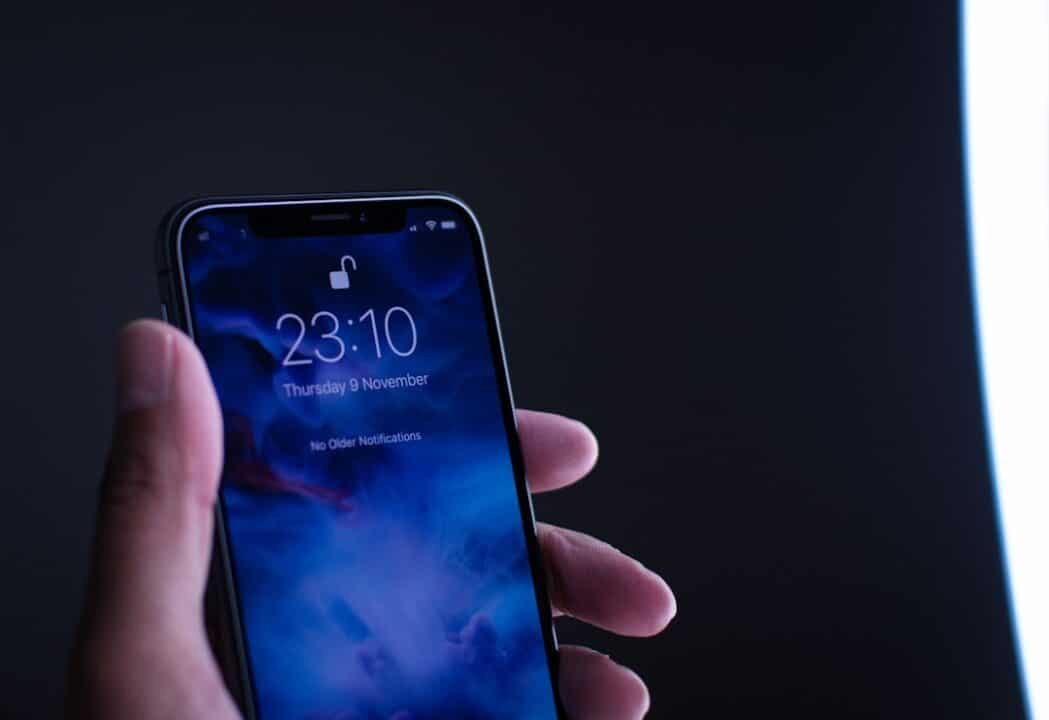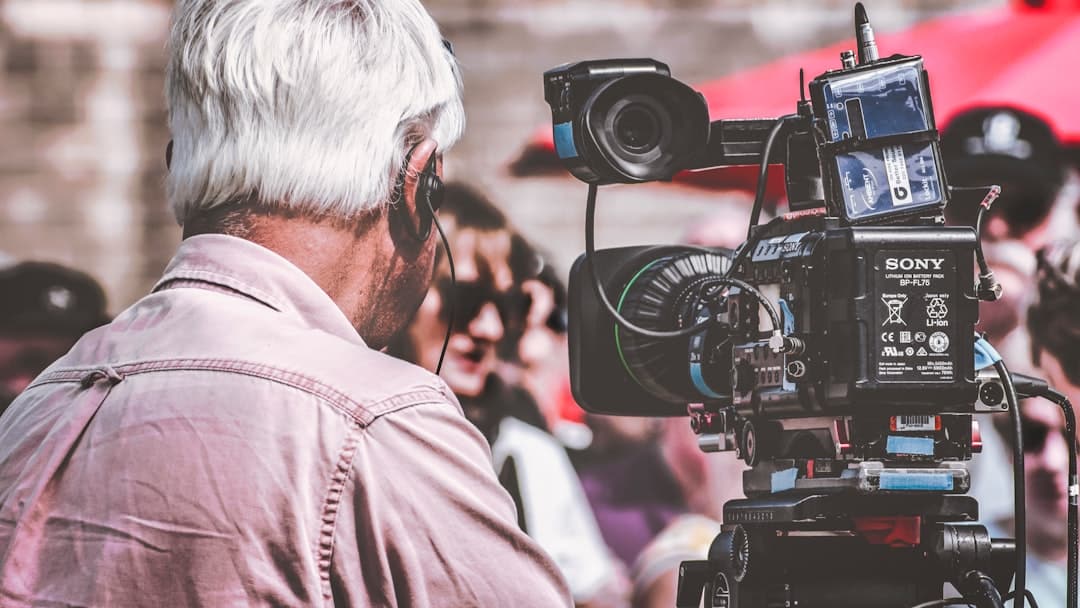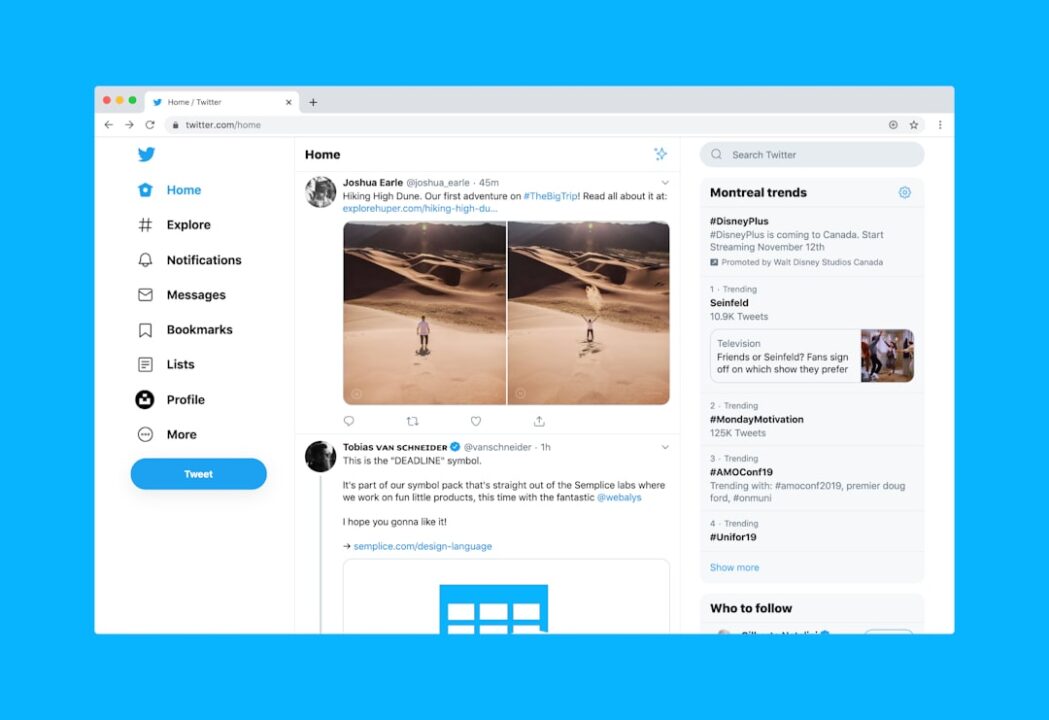|
IN SHORT
|
In an increasingly digital business world, the ability to share information clearly and effectively is essential. Submitting screenshots is a powerful tool for illustrating ideas, highlighting problems or demonstrating solutions. However, it’s not enough to just send an image; it’s crucial to do it in a way that captivates and impresses your colleagues. In this article, we’ll explore foolproof ways to optimize the presentation of your screenshots, making every communication more impactful and professional.
Do you want to impress your colleagues with clear and effective screenshots? This article is made for you. We’ll explain the best methods and tools for taking professional and captivating screenshots. Whether for a report, presentation or email, master the art of screenshotting and stand out!
Why are screenshots so important?
In the professional world, screenshots play a crucial role in visual communication. They allow information to be transmitted quickly and accurately. Used correctly, these captures can clarify complex points, illustrate projects, and above all, they are an asset to energize a presentation.
The Basics of a Good Screenshot
Select a relevant area
An effective screenshot begins with selecting the relevant area of your screen. Make sure you only capture what is necessary to avoid unnecessary information. This allows your audience to focus on the essentials, and makes your communication more concise and professional.
Go for high resolution
To ensure the clarity of your screenshots, it is crucial to use a high resolution. A blurry image can make information unreadable and leave a bad impression. Use tools to capture high-quality images for perfect detail reproduction.
Choose the right tools
There are a multitude of tools for taking screenshots. Some software is built directly into operating systems, while others are available for download. The most popular ones include Snipping Tool, Greenshot and ShareX. Analyze the features of each tool to find the one that best suits your needs.
The essential tools for professional screenshots
Snipping Tool
The Snipping Tool, built into Windows, is a basic but effective tool for taking screenshots. It allows you to capture different shapes (rectangular, window, full screen) and mark your captures before saving or sharing them.
Greenshot
Greenshot is open source software offering great flexibility. Among its many features, it offers customizable keyboard shortcuts, advanced annotation options and the ability to directly upload your captures to online platforms.
ShareX
ShareX is another powerful and free tool that not only allows you to take screenshots, but also annotate, edit, and share them instantly. It includes advanced features such as video capture, text recognition and a wide range of customization options.
| Method | Benefits |
| Classic screen printing | Simplicity and speed of use |
| Dedicated capture tool | Advanced features like annotation |
| Screen video capture | Ideal for showing process steps |
| Using a browser extension | Direct and easy access to web pages |
| Cloud sharing | Instant access for all colleagues |
| Integration into collaboration tools | Ease of sharing in workflow |
- Preparation: Make sure your screen displays the necessary information.
- Using shortcuts: Windows: « Print screen » key, Mac: Cmd + Shift + 4.
- Editing: Use tools like Paint or Preview to annotate your captures.
- File format: Prefer PNG for better quality, JPG for lightweight files.
- Sending by email: Add a clear and concise message to accompany the capture.
- Integration into documents: Insert your captures into presentations or reports.
- Using sharing tools: Opt for services like Google Drive or Dropbox to share easily.
- Precision: Check the clarity and relevance of the capture before sending it.
- Sensitivity: Avoid sharing confidential information inadvertently.
- Follow up: Ask for feedback to assess the impact of your capture.
Optimize your screenshots for greater impact
Annotate your screenshots
Adding annotations to your screenshots can make them much more informative. Use arrows, text, and boxes to highlight key information. This helps your colleagues quickly understand the point you want to make.
Use highlights and visual effects
To add dynamism to your screenshots, consider using highlights and other visual effects. Tools like Greenshot and ShareX offer this functionality and can help draw attention to specific parts of your screenshot.
Maintain a consistent style
For more professional communication, make sure all your screenshots follow a similar style. This includes using the same colors for annotations, consistent font size and type, and consistent margins. A consistent look strengthens your company’s image and improves the clarity of your documents.
Effectively integrate your screenshots into your communications
In presentations
When incorporating screenshots into a presentation, make sure they are well aligned with the text and properly sized. Use simple animations to introduce screenshots at the right time to guide your audience through your speech.
In the reports
Reports benefit greatly from screenshots, especially when illustrating data or processes. Make sure each capture is accompanied by a clear and concise caption. This allows readers to immediately understand the context and importance of the image.
In emails
Email is another important channel for sending screenshots. To avoid overloading your recipients, embed them directly in the body of the email rather than attaching them as separate files. Additionally, opt for lightweight image formats like PNG or JPEG for easy downloading and viewing.
Case studies and practical examples
Presentation of a concrete case
Let’s say you need to present a sales report to your team. Rather than just stating the numbers, use screenshots of your sales charts. Annotate them with arrows and text to highlight important trends.
A customer support email
For customer support situations, a screenshot can often resolve the issue faster than a lengthy written explanation. Submit an annotated screenshot of the issue encountered, along with clear instructions. This greatly simplifies the support process for your colleagues and customers.
Brainstorming meeting
During brainstorming meetings, share your ideas visually with screenshots of sketches or prototypes. Project these captures on screen or send them to your colleagues in real time to stimulate creativity and facilitate discussions.
Advantages and benefits of good screenshot management
Improved visual communication
Using screenshots undoubtedly improves visual communication within a team. This allows complex information to be conveyed in a simple and understandable way, reducing the risk of misunderstandings and confusion.
Considerable time savings
Rather than writing lengthy descriptions, a screenshot helps show exactly what needs to be discussed. This speeds up discussions and saves valuable time, especially during busy meetings and presentations.
Increased engagement
Screenshots make communications more dynamic and captivating. They can keep people engaged and make otherwise dry information more interesting. A well-illustrated presentation with screenshots is more likely to captivate and convince your audience.
Common mistakes to avoid
Capture entire screen
A common mistake is to capture the entire screen, thereby incorporating irrelevant elements like the taskbar or notifications. This can distract the audience and dilute the main message. Prefer targeted and relevant captures for each subject covered.
Do not include captions or annotations
Screenshots without annotations or captions can leave your colleagues confused as to what they mean. Always take the time to add explanations to make each image as informative as possible.
Using poor quality images
Using low-quality screenshots undermines the clarity of the message. Blurry or pixelated images are difficult to interpret. Always be sure to use tools and methods that ensure high resolution and good readability.
Future Perspectives of Screenshot
Integration of artificial intelligence
The future of screenshotting lies in the integration of artificial intelligence (AI). This technology will enable automatic annotations, advanced text and image recognition, and even contextual suggestions to further improve presentations and reports.
Real-time collaboration tools
Collaborative platforms like Microsoft Teams and Google Workspace are increasingly integrating real-time screen capture features. This allows teams to work together more effectively, instantly share ideas and make changes on the spot.
Browser extensions and innovative gadgets
With the growing popularity of web browsers, screenshot extensions are constantly diversifying and improving. New gadgets and extensions allow captures directly from the browser, with instant editing and sharing options. These innovations make it even simpler to take and manage professional screenshots.
By following these tips and using the appropriate tools, you will be able to transform your screenshots into real visual assets for your professional communications. Impress your colleagues with clear, precise and professional illustrations, and gain efficiency in all your presentations and reports.
Frequently Asked Questions
A: A screenshot is an image that reproduces what is displayed on the screen of your computer or mobile device.
A: To take a screenshot, you can use specific keyboard shortcuts depending on your operating system, or built-in tools like the Snipping Tool on Windows or the Snipping feature on macOS.
A: Submitting a screenshot can help illustrate a point, share specific information, or resolve issues more effectively than text alone.
A: Make sure the screenshot is clear and relevant, add annotations if necessary, and verify that the image does not contain confidential information before sending it.
A: PNG and JPEG formats are commonly used for screenshots. PNG is best for images with text or graphics, while JPEG is ideal for simpler photos or images.
A: There are several tools such as Snagit, Greenshot, or even browser extensions like Lightshot that can make taking screenshots easier.
A: You can send the screenshot by email, use file sharing services like Dropbox or Google Drive, or share it directly on communication platforms like Slack.





